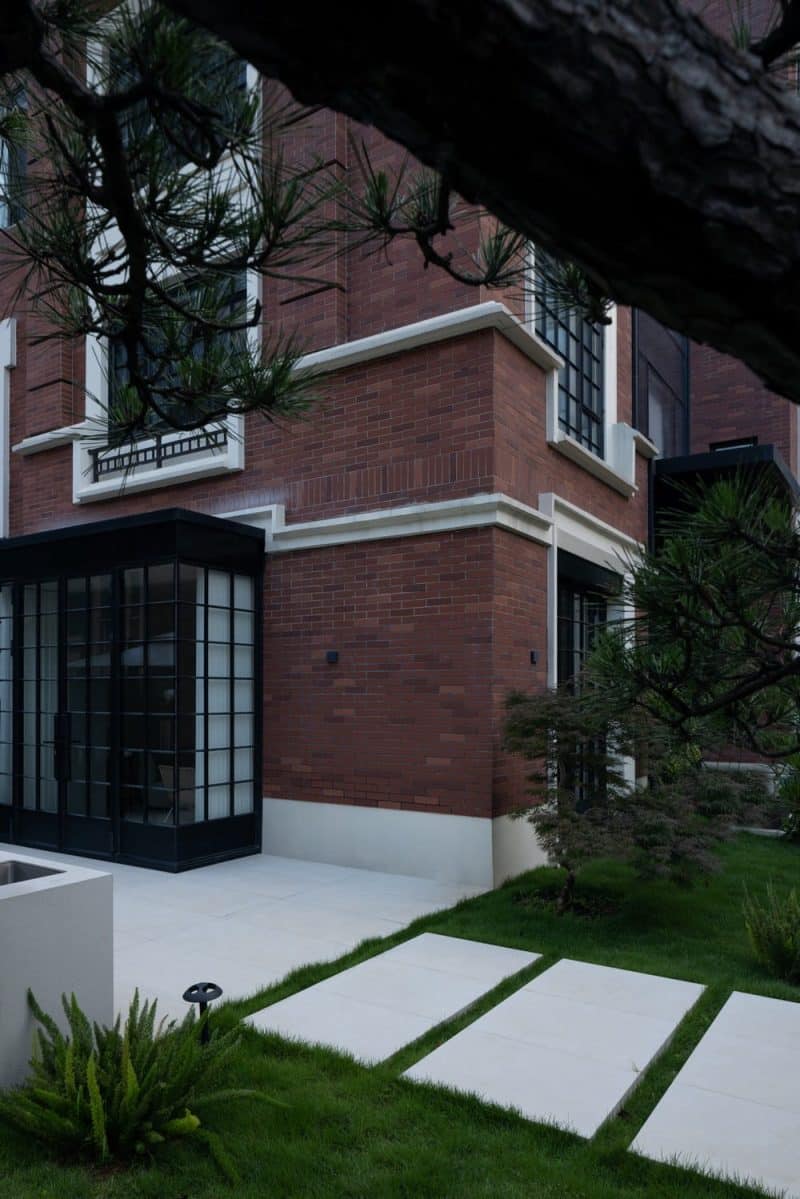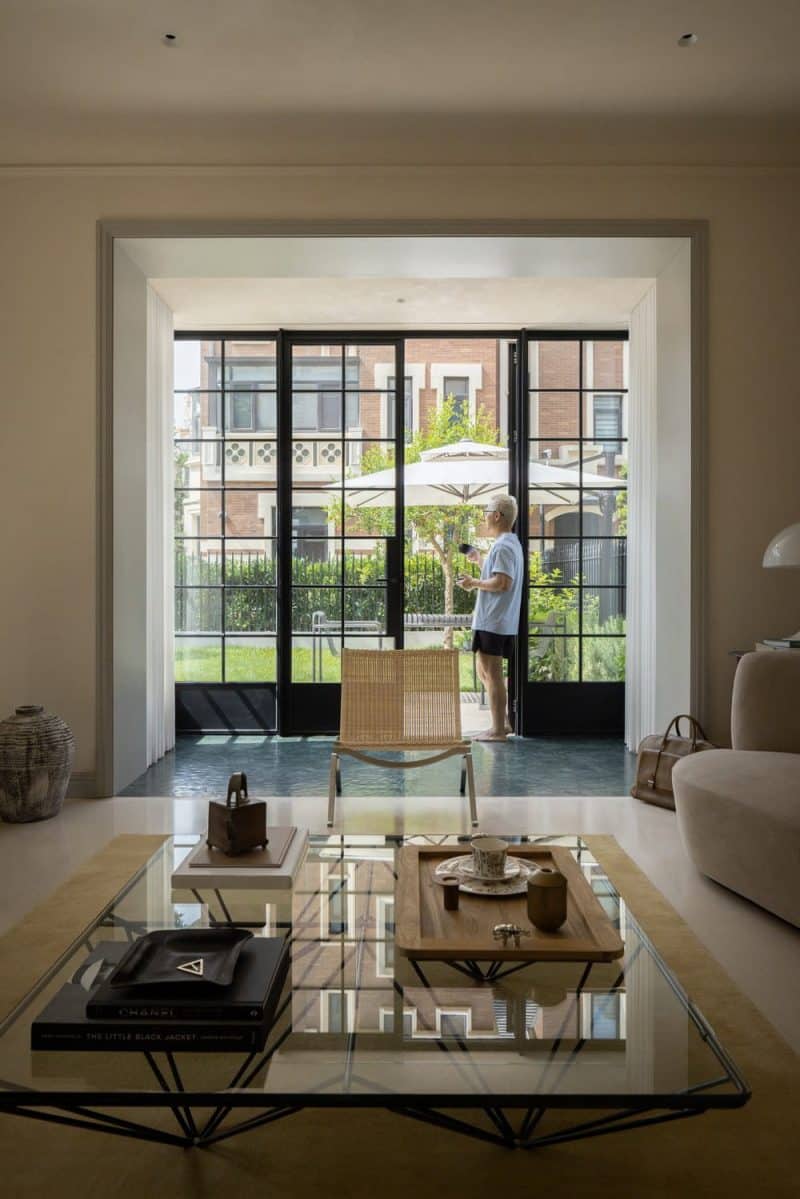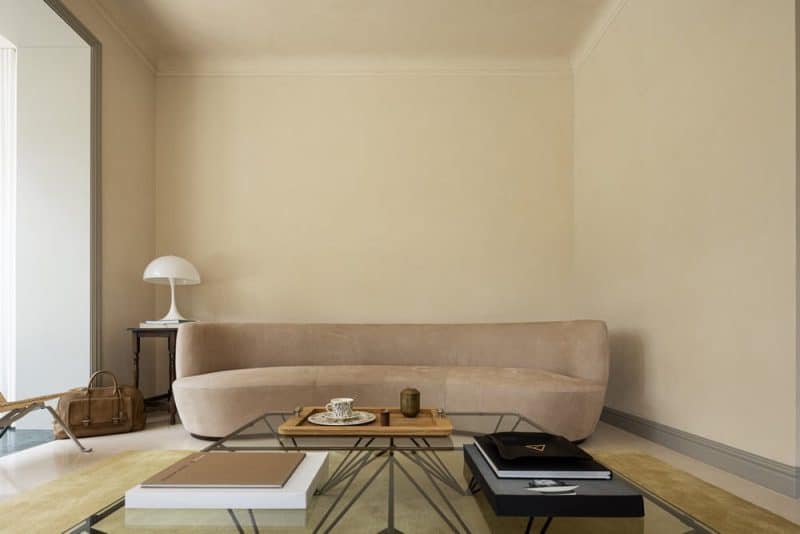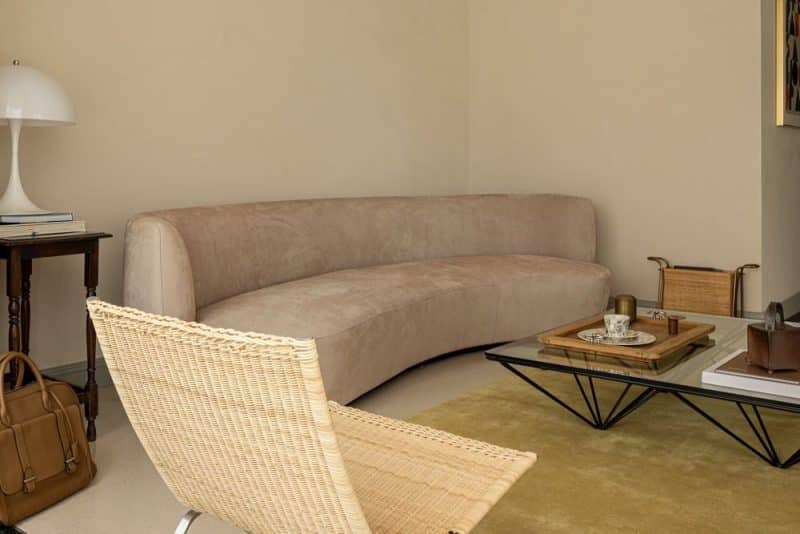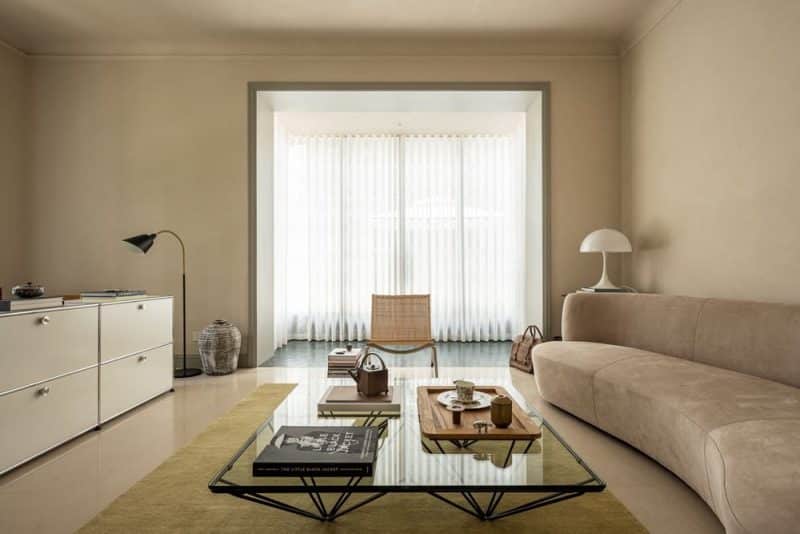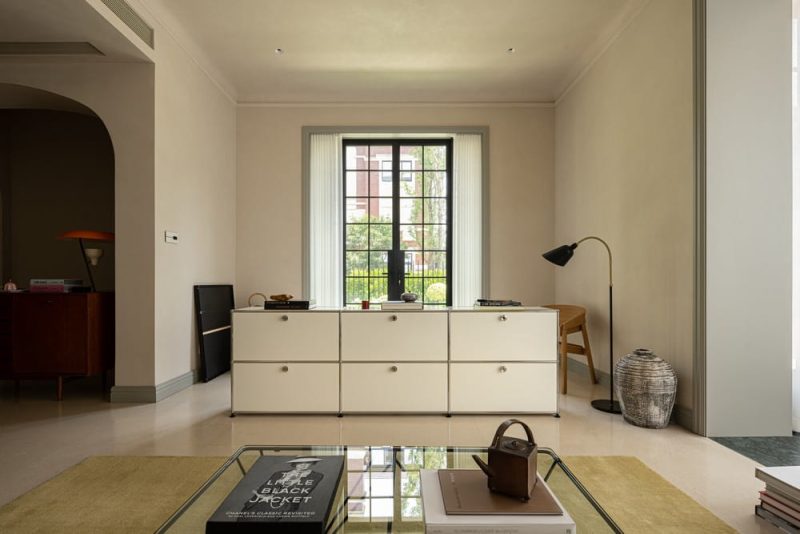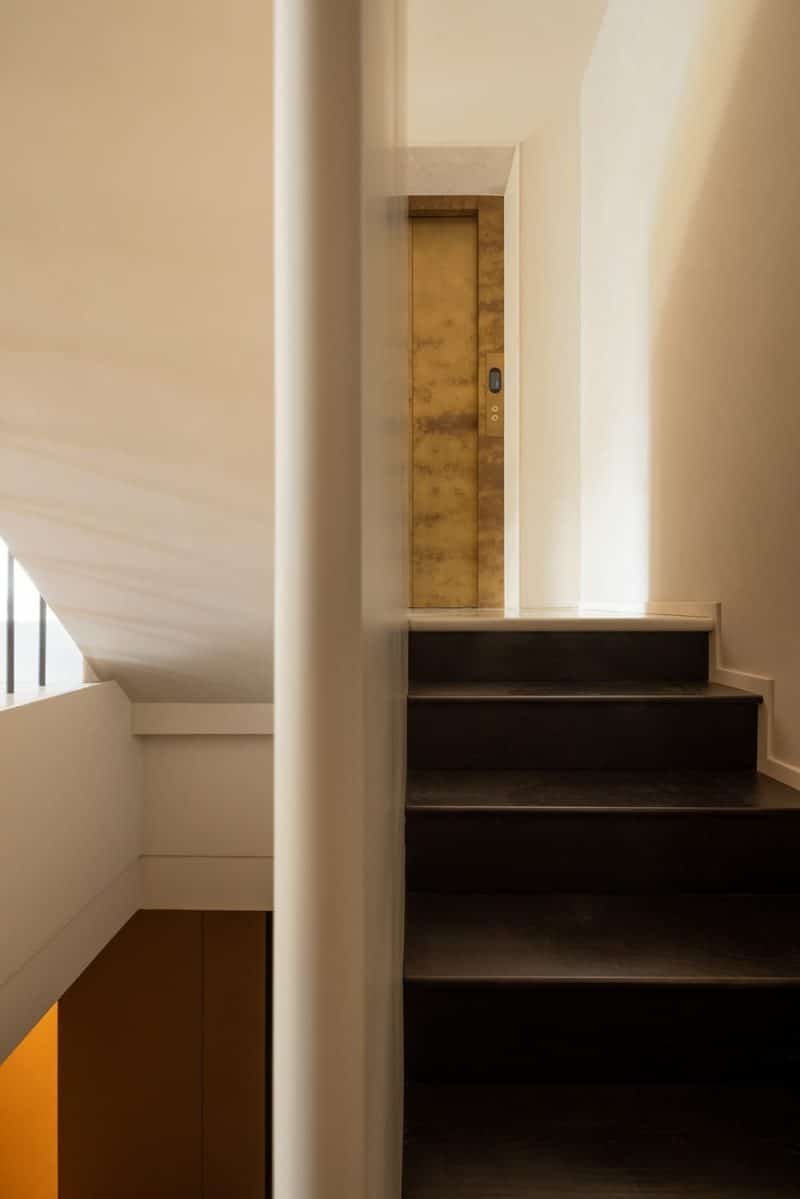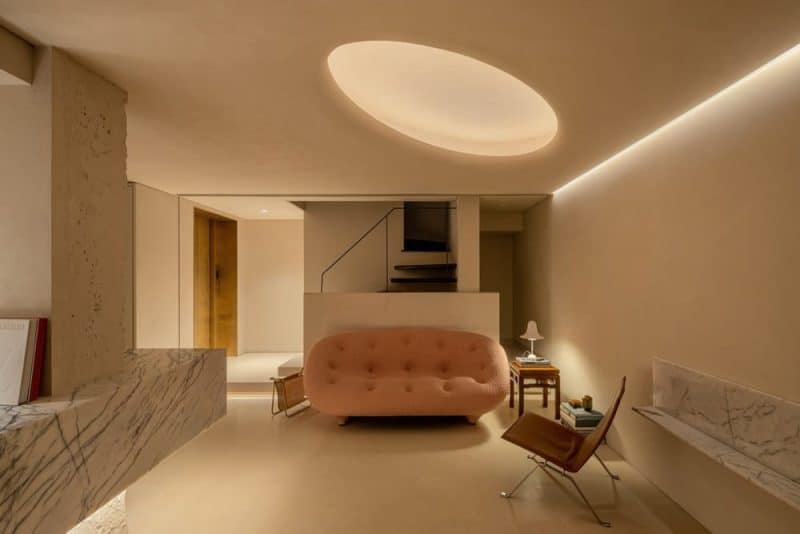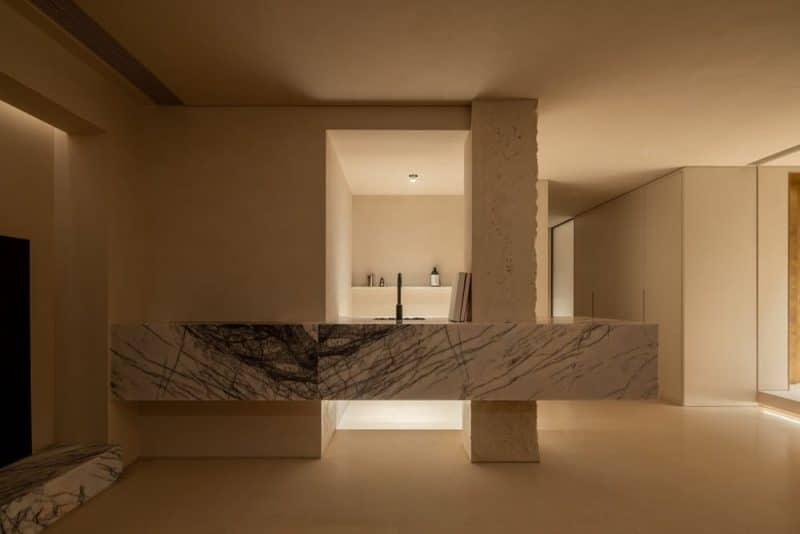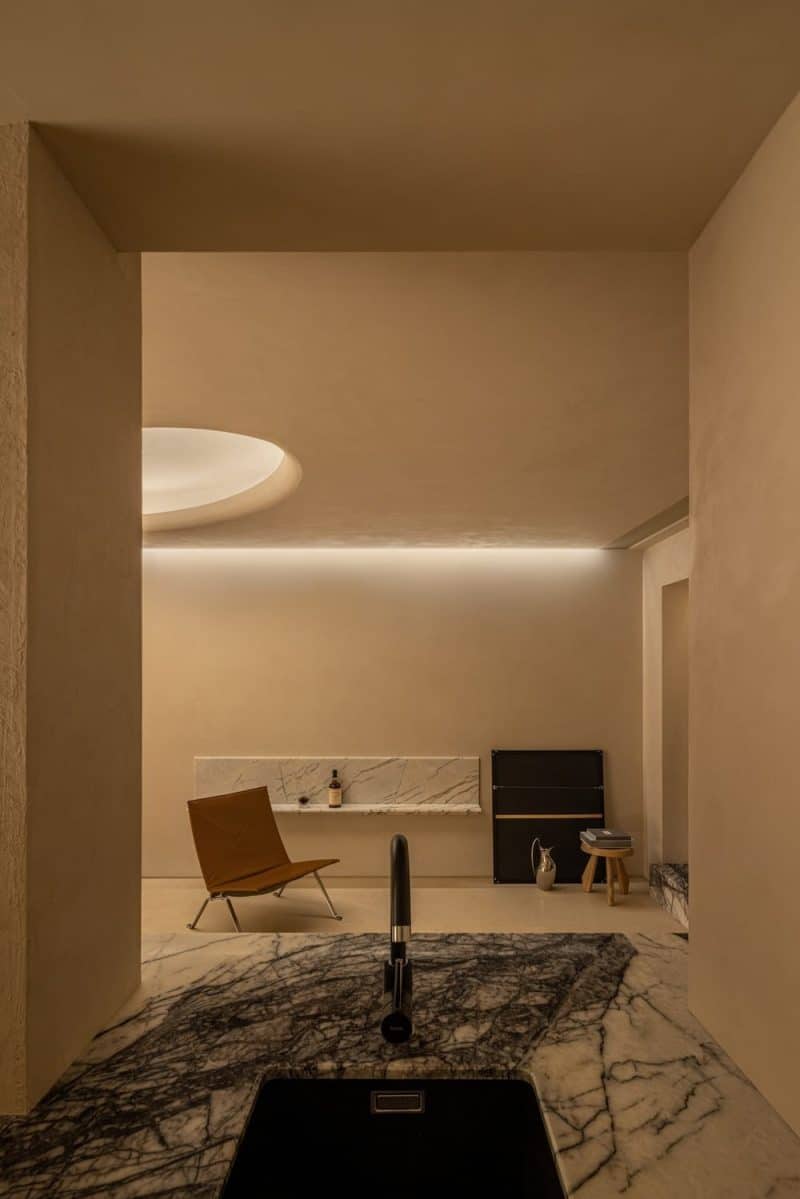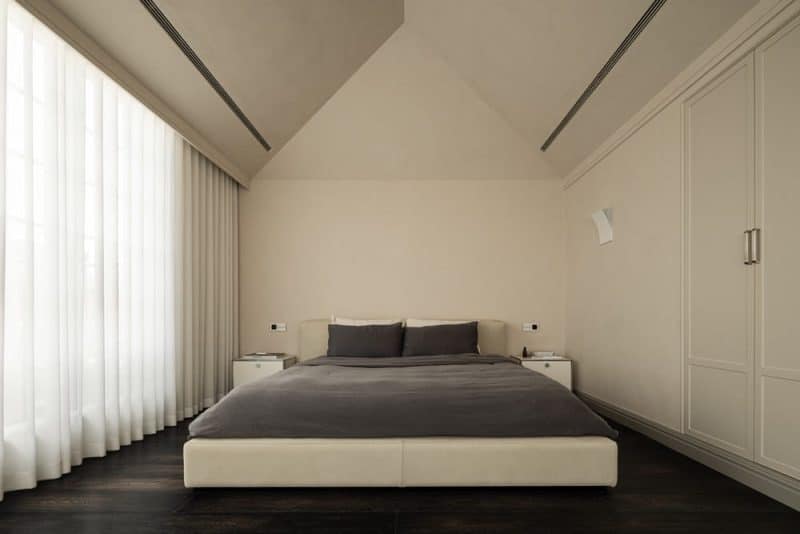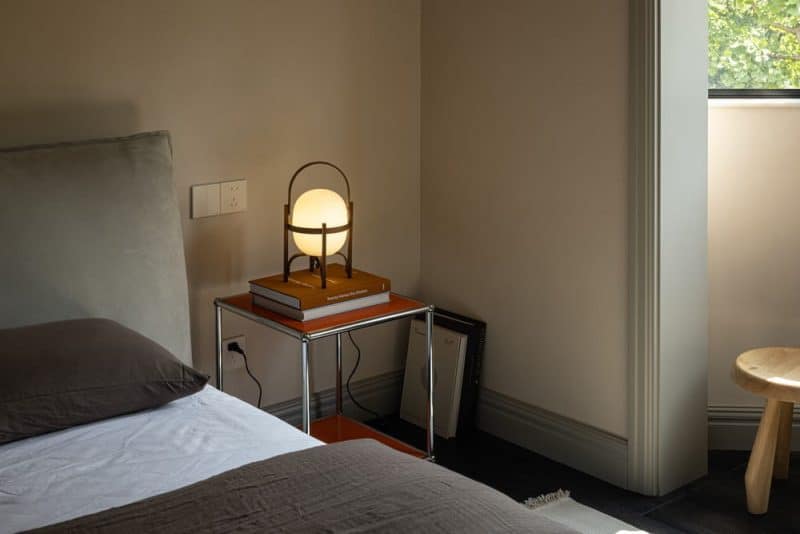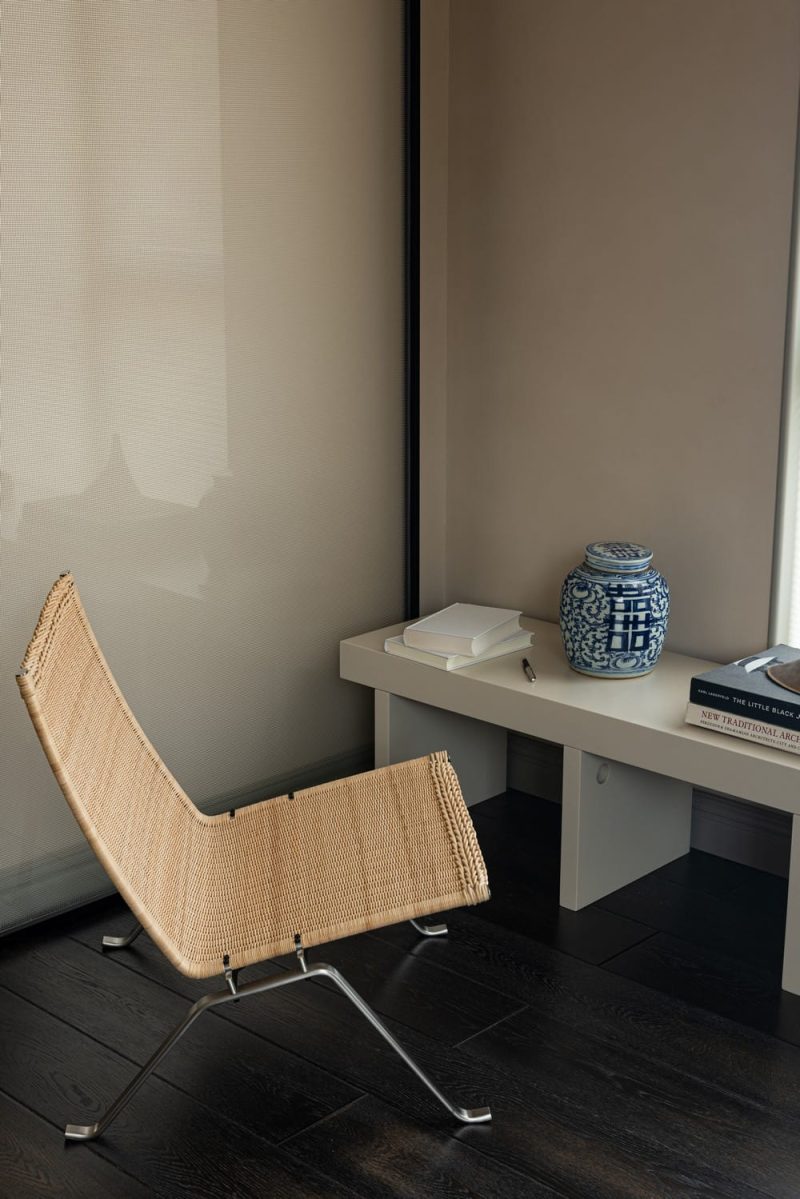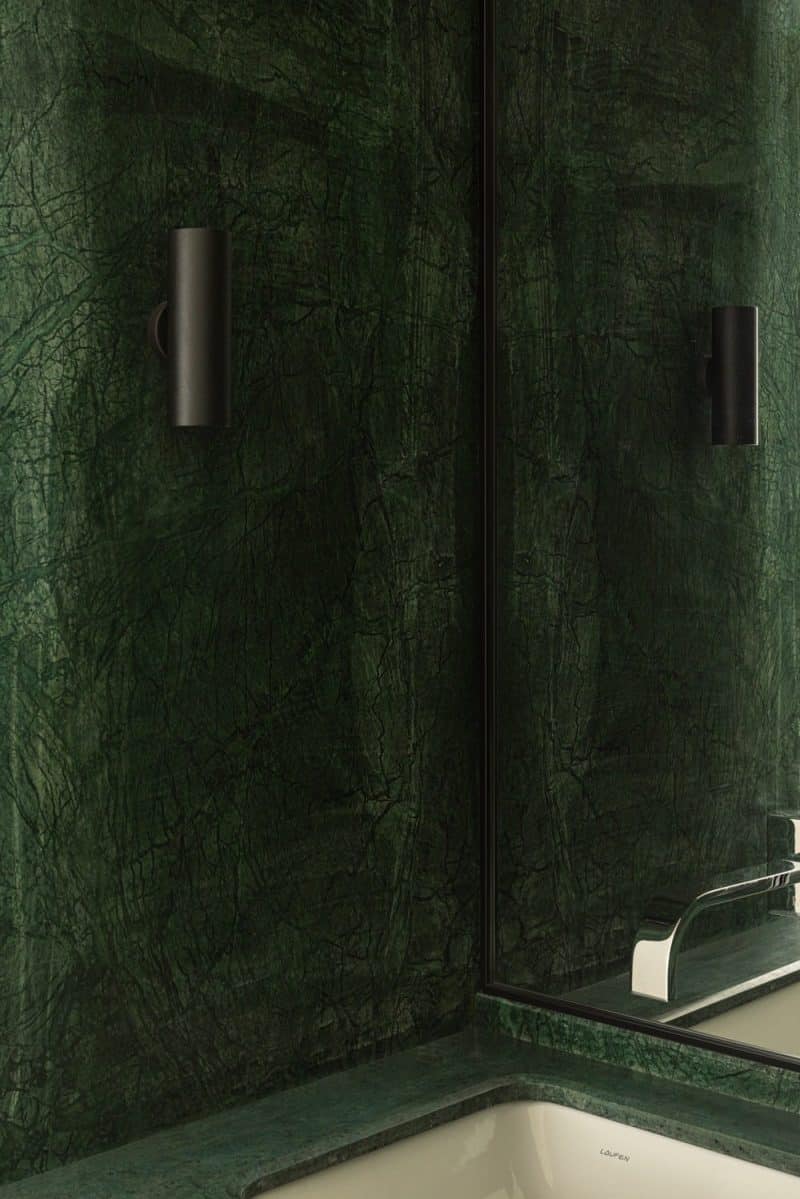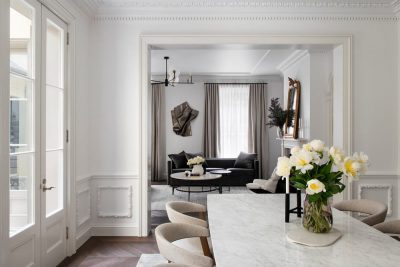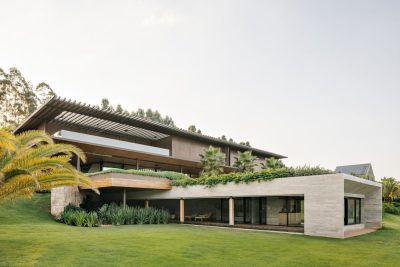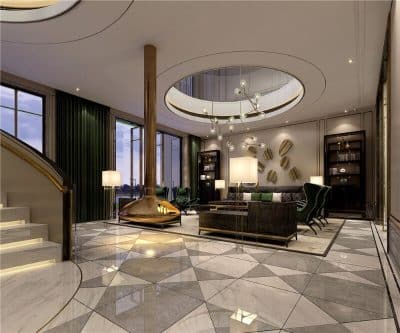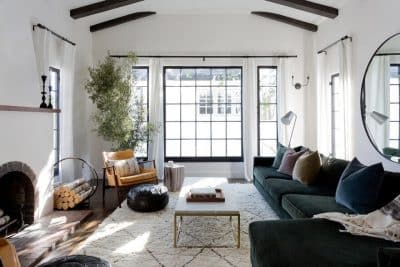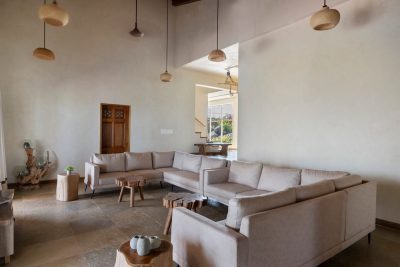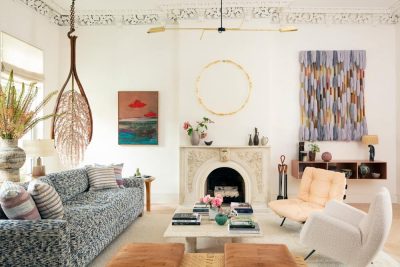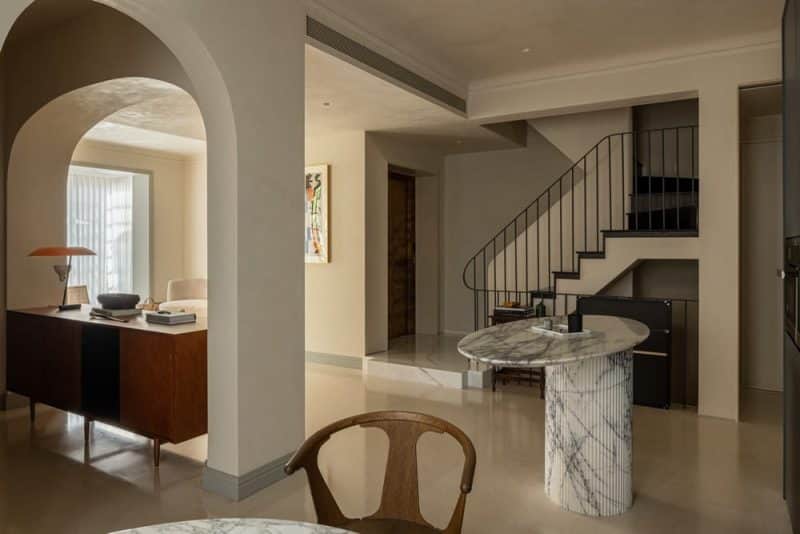
Project: Sensory-Driven Residential Design
Architecture: OUTIN.Design
Interior Design: WMT.Studio
Location: Ningbo, China
Area: 350 m2
Year: 2024
Photo Credits: ACT Studio
When asked the question “Who are you?”, people often look to their past experiences to define their identity in the present. However, it is essential to recognize that overly focusing on these labels can obscure one’s awareness of their potential. This concept of identity is deeply intertwined with the spaces we inhabit, and in particular, how residential design can either confine or expand our sense of self.
The Role of Space in Shaping Identity
Residential design plays a pivotal role in how individuals perceive and express their identity. Spaces inherently create a division between the internal and external, self and other. Yet, they also offer the opportunity to foster connection, focus, and self-exploration. This dynamic makes residential design a powerful tool for complementing and enhancing a person’s potential self.
Sensory-driven residential design emerges as a key approach in this context, emphasizing the deep interaction between space and the senses. Rather than merely filling a space with objects and decor, sensory-driven design invites residents to engage with their environment on multiple levels—visually, tactically, and even audibly—ensuring that every element contributes to a harmonious living experience.
Designing with Sensory Experiences in Mind
In a sensory-driven residential design, the form and function of space are deliberately understated, allowing the inhabitants to project their personalities and create their own rules. This approach results in environments full of pure lines, localized sculptural beauty, and elements like expressive marble that draw inspiration directly from nature.
As one moves through such a space, whether it be a dining room leading into a living area, the design ensures that every object, piece of furniture, and light fixture follows a harmonious order. French windows and doors, for example, serve as a seamless transition between vintage architecture and modern interiors, maintaining a constant dialogue with the natural surroundings.
The Power of Materiality and Texture
The use of neutral micro-cement finishes acts as an intermediary between light and space, allowing soft light to filter through and engage in a subtle conversation with every surface, texture, and detail. This careful consideration of materiality extends to all sensory experiences, ensuring that residents not only see but feel and interact with their environment in meaningful ways.
From the inviting softness of a GUBI Stay Lounge Collection sofa to the tactile contrast of a wool rug in warm yellow-green tones, every element in a sensory-driven residential design is chosen for its ability to enhance the living experience. The result is a space that not only looks beautiful but also feels comforting and engaging.
Harmonizing Function and Aesthetics
Sensory-driven design also prioritizes the functional aspects of a home without sacrificing aesthetics. A marble center island, for example, can seamlessly combine utility with form, becoming a striking focal point in the kitchen. Similarly, a Knoll round dining table might soften the hard architectural lines of a room while echoing the materiality of other key elements, such as a natural slate countertop.
The staircase in such a design becomes more than just a means of moving between floors—it is a crossroads of spatial function, with curved, interlacing forms creating a sense of rhythm and flow. Descending into a lower level designed for relaxation and entertainment, the design continues to blend modern principles with touches of luxury, ensuring that the space remains both practical and visually appealing.
Creating Personal Sanctuaries
Finally, sensory-driven residential design culminates in the creation of personal sanctuaries within the home, such as the bedroom. Here, the design is tailored to enhance rest and rejuvenation, with spaces positioned to capture the most sunlight during the day and remove external distractions. The careful placement of objects, from a simple USM cabinet to an antique wooden bench, ensures that every corner of the room contributes to a sense of peace and harmony.
Conclusion
Sensory-driven residential design offers a path to creating harmonious living spaces that resonate deeply with the inhabitants’ identities. By focusing on the interaction between space and the senses, this approach to design not only enhances the aesthetic appeal of a home but also fosters a deeper connection between residents and their environment. The result is a living space that is not only beautiful and functional but also deeply personal and nurturing.
